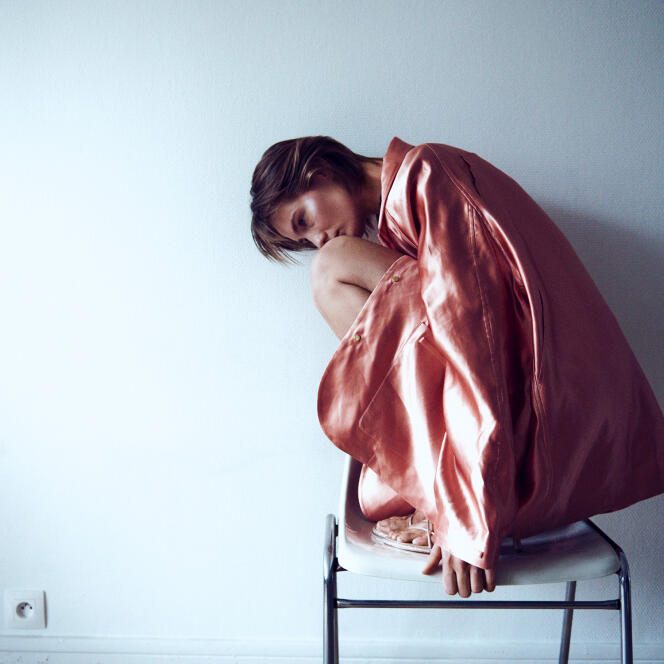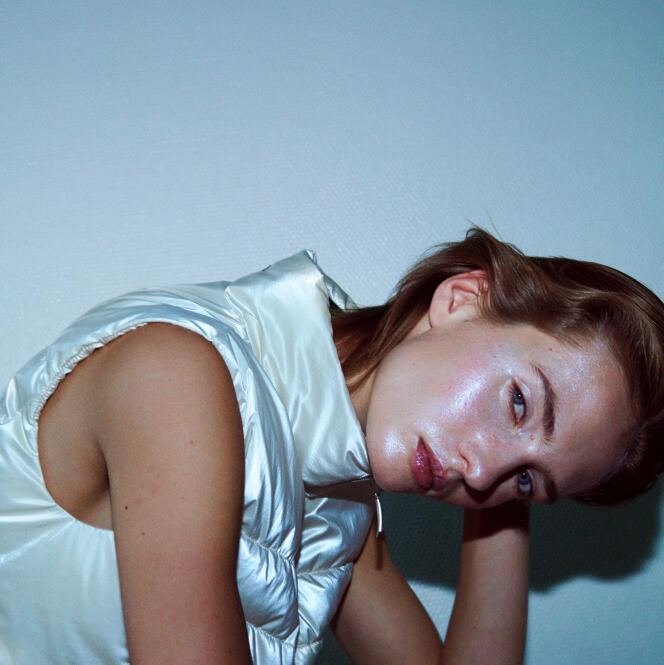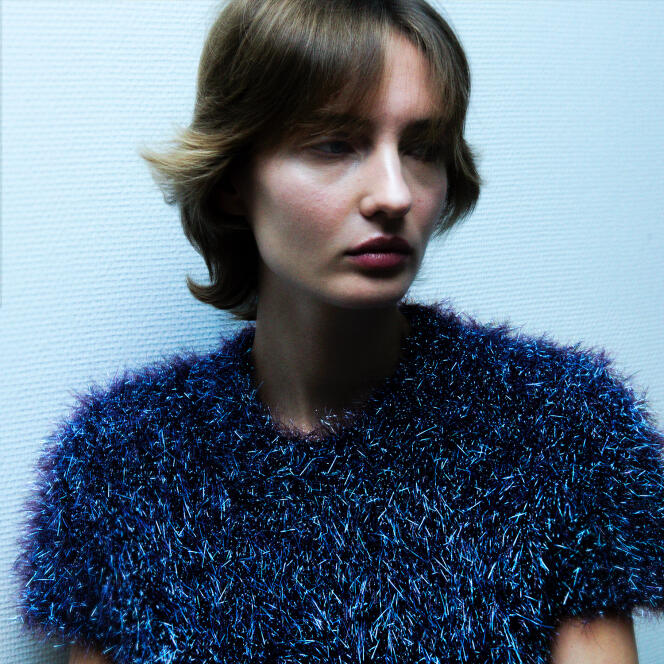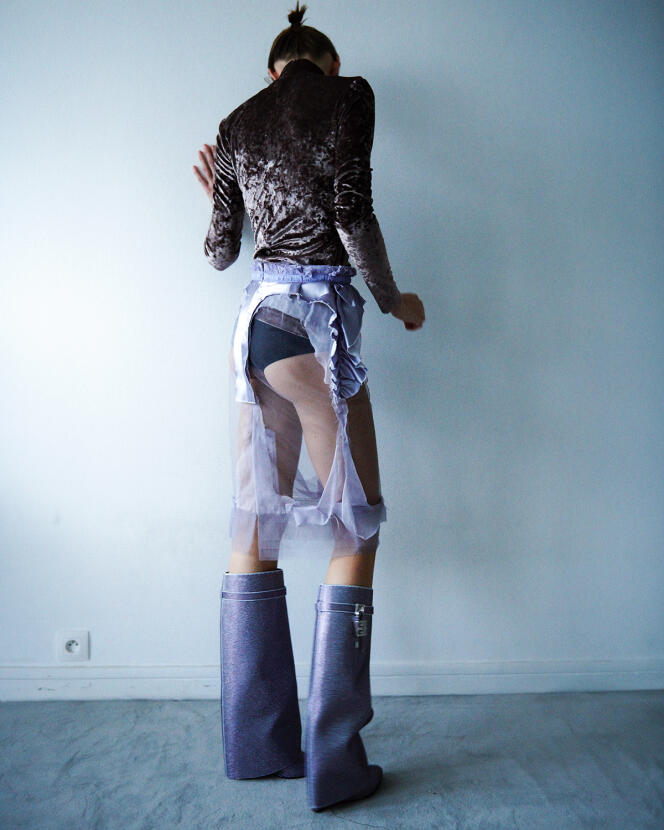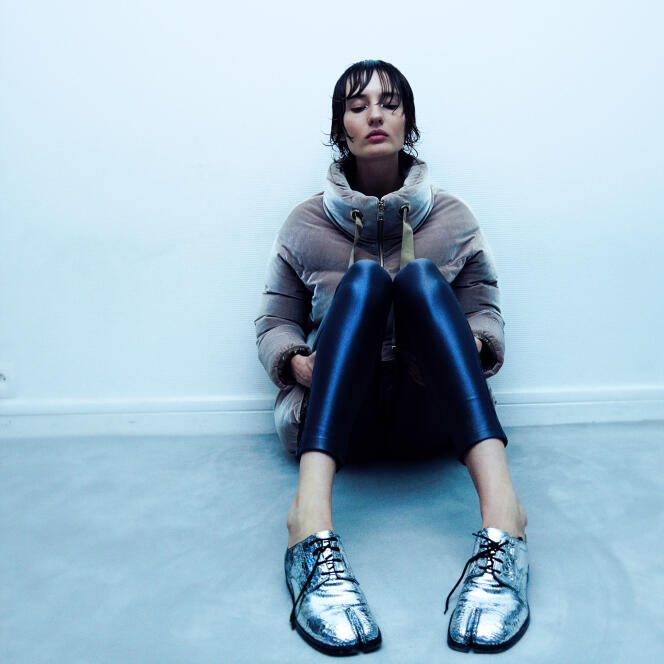Tfinding the light in a dark time can be achieved through different stratagems. One of them is to add glitter to your life and, if possible, to the lives of others. Pure surface frivolity does not exclude reflection. And it even happens that the surface in question reflects light wonderfully. It is not Mallarmé who will say the opposite, he who in 1874 was the short-lived editor-in-chief (and sole contributor) of an astonishing gazette entitled The latest fashion, in which he took pleasure in describing tissues and their effects in complex semantics. Silver or golden reflections, moires and sparkles captivate the symbolist and sometimes present themselves as a remedy for the advancing shadow.
It must be said that this iridescent effect has always fascinated people. Already in ancient Egypt, some, to make it their own, crushed scarabs, insects whose shell has the particularity of polarizing light and giving its colors a metallic shine. At various times and in different places in the world, small pieces of more or less precious metals have often been placed on clothing. To reflect the light, but also, obviously, to display its richness.
The shimmering, shimmering effect, is first of all a characteristic of luxurious fabrics: gauze, taffeta, brocade, velvet… Soon enhanced by sequins or rhinestones. At the beginning of the 20the century, flappers gave pride of place to the latter, at the risk of considerably weighing down their evening outfits. The century that was born was that of spectacle: whether night or day, it was more than ever about catching the light and making an impression on the image. There is Hollywood, its “golden age” and the different kinds of dazzling glamor it invented. Much later, there will be disco which shines brightly and sets the dance floor ablaze.
From David Bowie to Mariah Carey
In the 1970s, the reign of glitterliterally “shine”, “glisten”. It will also be, in 2001, the title of a huge turnip recounting the beginnings of the singer Mariah Carey, who in the film systematically performs with a thick glittery line on her shoulder or chest. A nod, perhaps, to glam rock or the tricolor lightning flashing on David Bowie’s face in his period Aladdin Sane.
On the edge of childhood and fantasy, there is something of the tale in these iridescent effects and reflections. Pinnacle of the genre: the Peau d’âne dresses, of course. In Perrault’s story, the princess, to escape the incestuous union that her father wants to impose on her, tricks her by asking for the unachievable: a dress the color of time, then a dress the color of the moon, and finally a dress “even brighter”, color of the sun.
Finery, each more sparkling than the other, in the superb film adaptation delivered by Jacques Demy, in 1970. To create the unforgettable color dress of the time, the film’s costume designer, Agostino Pace, had it made, in a Louis XV style , with a cinema screen canvas. An extremely heavy piece, on which a technician projected images of moving clouds onto a sunny sky. Some ploys to shine are more elaborate than others.
